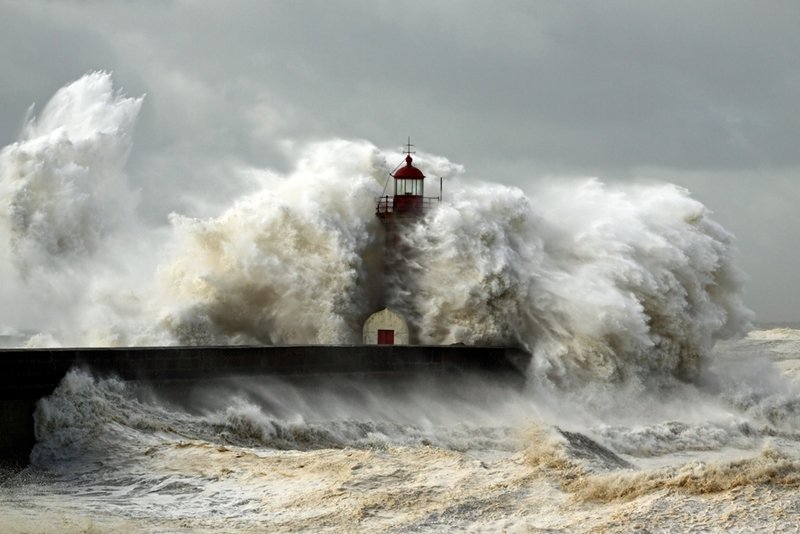6 July 2015
Managing business risk has always been - and ever will be - central to running a successful enterprise. However, before you can decide how to minimise your exposure and maximise your opportunities, you have to understand what your unique risks are and how they could impact your organisation.
In the evolving business landscape, threats and insecurities also change, and Australian businesses are no exception. According to KPMG, the risks faced by companies have shifted over time. Unfortunately, they've also become more complex, larger and more rapid.
Understanding today's business risks
New technology, global business activities and changes in regulatory requirements are just a few of the forces exacerbating risk for companies in Australia and around the world, KPMG explained.

"To a large extent I think the risks are very consistent with those that business has always faced, but certainly the speed and the ability of risk to impact on an organisation has accelerated," said Mike Ritchie, head of financial risk management at KPMG Australia, as reported by The Australian Financial Review.
"Both the speed with which an organisation can get hit and the magnitude of the potential public and therefore reputational damage they can sustain, have certainly increased."
That's why, in addition to protecting their assets with business insurance and security measures, organisations should evaluate their operations, seeking opportunities to reduce their vulnerabilities and increase their agility.
Taking a proactive approach
Risk can be found in just about every activity and strategy, from HR matters to system processes. According to KPMG's Global Enterprise Survey, some of the top risks business leaders identified span operational, financial, geopolitical, workforce, regulatory and capital issues. For importers and exporters in particular, cultural and language barriers are also cause for concern.

Performing a comprehensive risk assessment involves determining the possible impact of particular losses or events. This could be centred around technology, workforce issues or hazards such as natural disasters. Each business faces a unique set of risks depending on its operations, location, size and assets, so it's important to identify key risks and understand how they could affect that company in particular.
With that in mind, here are a few questions to ask while assessing business risk:
After evaluating your vulnerabilities, you may need to adjust your strategies to mitigate them or shift some of the risk to your business insurance carrier.